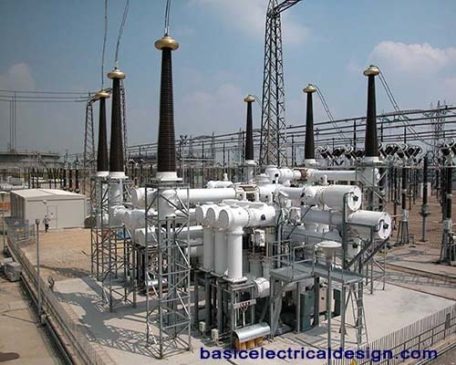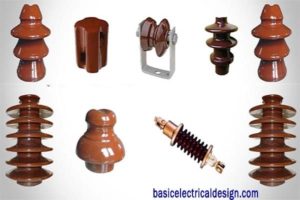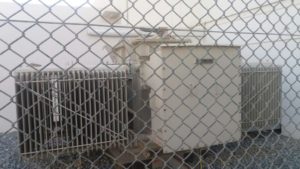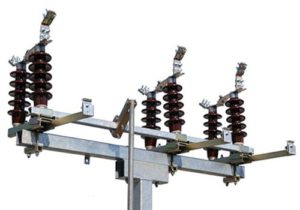Classification of the Outdoor Circuit Breakers Outdoor Circuit breakers can be classified using different criteria namely: The intended voltage application The location of installation Their external design characteristics, The method and the medium used to interrupt the current The voltage class The classification of outdoor circuit breakers by their voltage class will be a logistical start. This is the voltage level at which the breakers are intended to be used. This first broad classification divides the classification into two categories. They are, Low voltage circuit breakers which are rated at…
Read MoreYear: 2018
Types of Insulators – Overhead power line Insulator
Some of basic Information about Insulator Different types of insulators are used to prevent the flow of current to the earth from the transmission line. Insulators play an important role in the successful operation of the line. In bare conductors, primary insulation is provided by the air between conductor to conductor and between conductors to earth. At the point of mechanical support, insulators are provided. In low voltage, a line such insulators are relatively simple but at Extra High Voltage and extra High voltages they are complex. Requirement of an…
Read MoreCommissioning Procedures for Protection Relays On Site
Pre commissioning check/Instruction of Protection Relays Refer to Siemens protection relays:- Check the relay model number (type number) is as per specifications. Note the serial no of the relay of the relay. Inspect the relay for signs of physical damage. Check that any series resistors, where applicable, have been installed e.g. for CTMM relays a series resistor is required in the power circuit, depending on the supply voltage. Test the relay as per the procedure for the given relay. Protection relays can be divided in to current operated ( eg- CDG…
Read MoreTesting of Stability of Transformer Differential Scheme
Guidelines of transformer differential stability check Transformer above 2 MVA are normally provided with differential protection scheme. The relay can be of static type(DTH31- Alsthom) or numerical type( 7 UT- Sag ) The relays have to be tested as per the procedure mentioned in manuals.The procedure mention below enables the testing engineer to confirm the correctness wiring. Expected short circuit current can be calculated from the % impedance of the transformer. e.g. Consider a transformer of 10 MVA, 132 KV /11 KV, % impedance – 13 % Calculated primary full load current…
Read MoreCommissioning of isolators and earthing switches
Guidelines of Commissioning of isolators Some of the important guidelines to be followed before energizing the isolators and earthing switches. For your reference, please find below the step by step process of commissioning of isolators: Isolators can be of the following types Centre break Double break Pantograph Operation of isolators can be motorized or manually operated. The nameplate details of an isolator consists of rated current, rated voltage, short circuit current rating, the auxiliary voltage required for operation etc. For a motorized isolator closing & opening is normally controlled by ‘close’,…
Read More



